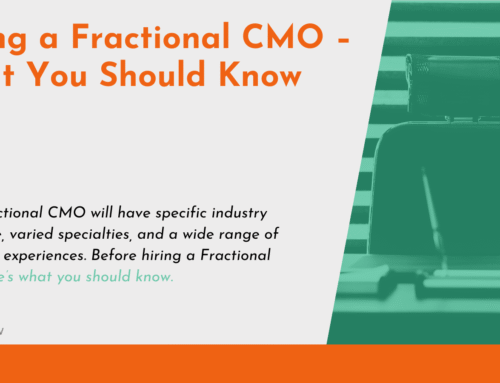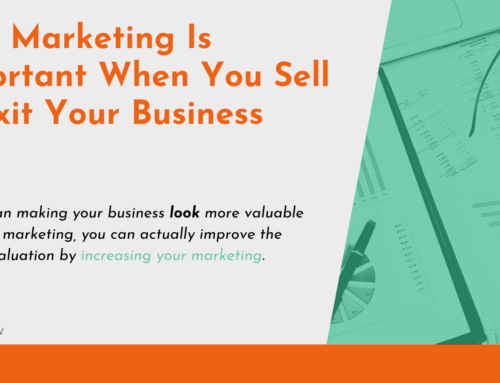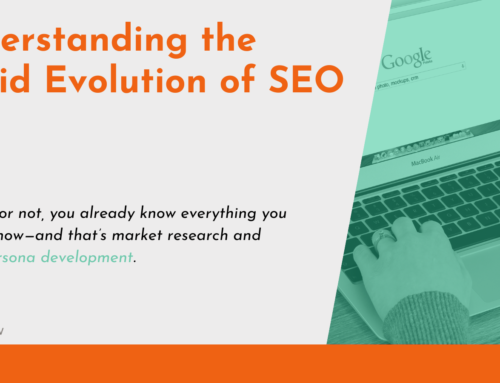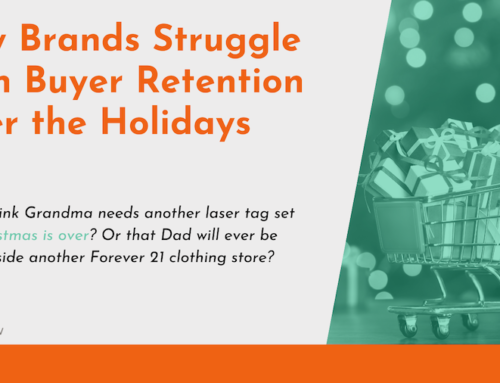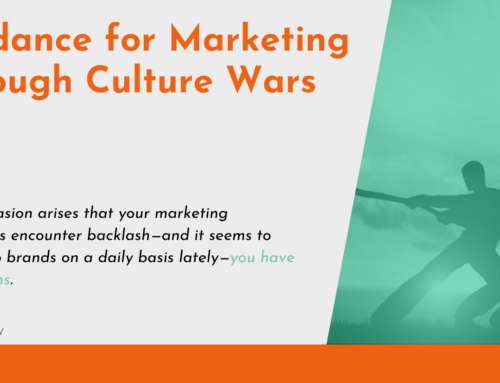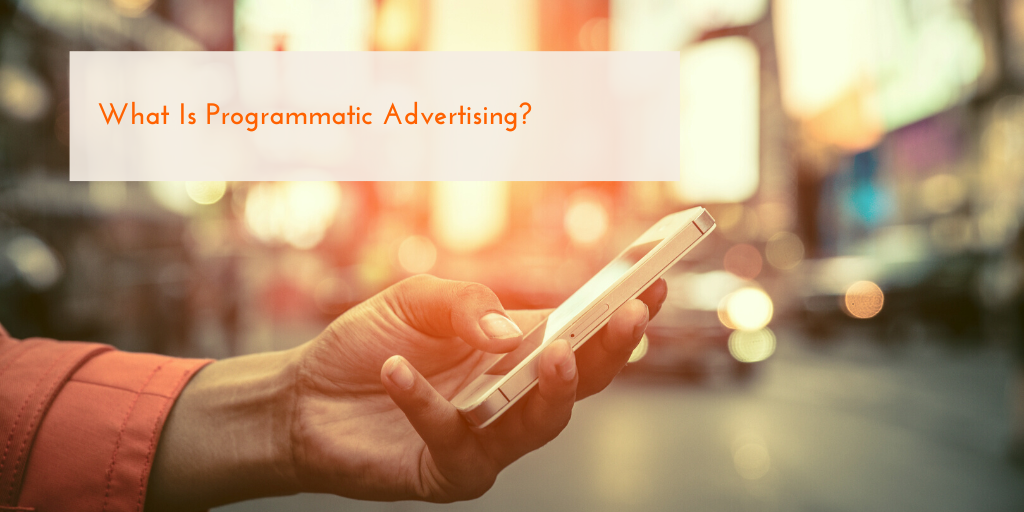
There’s a memorable quote in the 1986 movie Ferris Bueller’s Day Off: “Life moves pretty fast. If you don’t stop and look around once in a while, you could miss it.” That line couldn’t be more applicable in 2022. Replace the word “life” with “digital marketing” or “your target audience,” and we get a head start on what programmatic advertising is.
Life moves very fast in the Post-Information Age, and data travels—and changes—even faster. As soon as data is exchanged, it’s old news. As soon as a trend goes viral, it’s over. This can feel especially true in the world of digital marketing. If your ad’s not in the right place at just the right time, it’s dead in the proverbial water. No matter how memorable, how alluring, how downright brilliant the ad is, it’s useless if it doesn’t reach its target audience in time.
Your marketing team works quickly and efficiently to launch a new digital ad campaign, but the speed at which it reaches its target audience isn’t entirely up to them. There’s still the process of finding the best platform or publisher for the ad, and then comes negotiation, then optimization… You know the drill.
Enter programmatic advertising. You may have heard about it, but perhaps you assumed it was too complicated or nuanced for your purposes. Despite the jargon surrounding programmatic, it’s a fairly simple idea—and it could be your best answer to the often bogged-down method of buying, selling, and optimizing digital marketing.
The Internet of Things
There doesn’t seem to be a distinct separation between online and offline life these days. With the advent of the Internet of Things and near-constant improvement of smart devices, we all seem to be connected 24/7. We have wearables that track not only our steps and heart rate, but myriad other activities and trends. We can unlock our front doors or turn off the bathroom lights when we’re physically miles away from home. We call out to Alexa or Siri to answer simple questions and perform tasks for us. All of these devices and tech combine to paint a fairly detailed picture about us, our lifestyles, and consumer behavior in general.
As a digital marketer, if you’re not cashing in on all that data, you’re already behind your competition. With everything connected all the time, it can actually be harder to predict a target audience’s behaviors and preferences. Thankfully, programmatic advertising helps to solve this pain point.
What Exactly Is Programmatic Advertising?
“Put very simply,” says Kenneth Kulbok, a sales lead at LinkedIn Programmatic, “programmatic is buying digital advertising space automatically, with computers using data to decide which ads to buy and how much to pay for them, often in real time.”
Programmatic uses Artificial Intelligence and machine-learning to buy advertising in real time. This eliminates the often drawn-out process of direct buying, the back-and-forth of human negotiation, and preset pricing, among other things. It disrupts the tradition of presenting one impression to a larger audience—a mere fraction of which might include your key demographic. Using AI and machine-learning increases efficiency and transparency for both the advertiser and the ad buyer.
One example of that efficiency is the ability to conduct media transactions on an impression-by-impression basis. For example, you could go the traditional route of negotiating and buying a million impressions at once with a publisher. Or you could buy a million impressions split among different media and publishers, targeted at the exact audience or demographic your brand speaks to best.
What Does the Process Look Like?
The flow of programmatic advertising consists of several actions and reactions. First, the consumer clicks on a website, creating an ad impression. Next, the website owner puts the ad impression up for auction. Advertisers then bid for that impression, and as auctions tend to go, the highest bidder wins. The winner’s ad is then served to the user on the website. And with any luck (or, you know, really great copy and imagery), the consumer clicks on the ad and is eventually converted into a customer.
It might sound like there’s an awful lot to those steps to get to the consumer in time. But with the automation of programmatic, it all happens instantaneously. Neither the sellers nor the buyers of the ad impression were hands-on in this process. The bids are algorithmic. The AI we talked about above uses analytics, such as the consumer’s historical surfing data and online profile, to determine the likelihood of conversion. If they look like a strong lead, the algorithm will bid higher.
If you think ad tech is sophisticated now, just wait. More and more digital marketers are turning to programmatic to do their—pardon the pun—bidding. In fact, programmatic display advertising spend in the U.S. was at $106 billion in 2021; and it’s projected to hit $142 billion in 2023.
Personalization and Programmatic Advertising
So, you’re extremely careful about what you share on social media, but somehow those pesky little ads always seem to be reading your mind.
Think about the ads that were most recently successful with you as a consumer. We’d be willing to bet some form of personalization was involved. Maybe it was the aesthetic image of a tote bag in the perfect blush pink tone—the one that just happened to appear in your Instagram feed after you’d been searching “pink travel bag” on Amazon. Or maybe it was an ad for that hand soap you used at your friend’s house and couldn’t remember the name of.
It’s not because your phone is bugged, and no, those advertisers aren’t actually reading your mind. It’s because your connected devices—your smartwatch, your smartphone, and even your smart fridge—can tell an entire story about your lifestyle and preferences.
The Internet of Things gives digital marketers access to data on how, when, and why consumers use certain products and services. Disruption of this magnitude demands a personalized, faster method of garnering consumers’ attention. Marketing professionals are paying much closer attention to devices and the technology they use. With the relative ease and speed at which information is shared, time is not on any digital marketer’s side. Programmatic advertising gives brands the ability to automate the media-buying process and present personalized, relevant ads to consumers in real-time.
None of this has to be difficult for you. We do programmatic advertising all the time, so we can help with any of your needs. Just reach out and we’ll help you develop and implement the right strategy.

